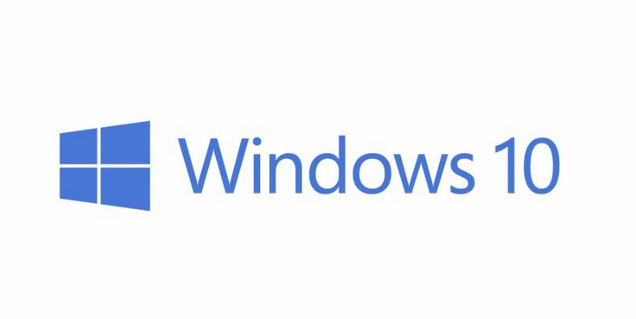What I learned from upgrading 10 computers to Windows 10
I’ve just completed updating the last PC in my studio today to Windows 10. The process has been much smoother for me than I would have expected it to be. Out of 10 computers, only 1 had issues that needed to be solved in order to get Windows 10 up and running.
Here are some tips if you’re still waiting to upgrade:
1) Before you begin, run Windows Update and make sure your copy of Windows is up to date. The installer will do this too, but it speeds things up if you take care of it before you begin.
2) Check to see that your computer is running the latest version of BIOS. This is not one the “usual” things you may think about upgrading, but often motherboard manufactures and PC makers will issue updates to the BIOS that fix many issues. Running the latest BIOS is good business if you want the best experience with your computer.
3) Back up your data files. I simply had Microsoft OneDrive running all along and had my data saved in my OneDrive folder, so it was already in the cloud and on other local machines that were also connected to that same OneDrive account.
4) Run the upgrade for Windows 10. Be patient. With some computers, it will take a little longer than expected as Windows grabs files from the Internet that it needs for your computer.
After the upgrade is complete and you’re logged back onto your computer, the upgrade is NOT yet complete! Windows will keep running and installing in the background! So your computer may seem unresponsive at times. Be patient. This will usually clear up in 15 minutes or so and you’ll be happily enjoying your new Windows 10 PC!
My biggest surprise: Windows 10 runs just fine on OLD computers! I installed it on a laptop that originally came with Windows Vista (2008) and the install went quickly and that computer runs without any issues.
I’ve also installed it on an old (2009) desktop and it’s running fine there too.
My suggestion is that with older computers slip an SSD in there and get rid of the old-fashioned spinning hard drives.
Also, 4 GB of RAM is about the lowest amount of memory you should have. More is always better.
So tell me, how was your experience upgrading Windows?
